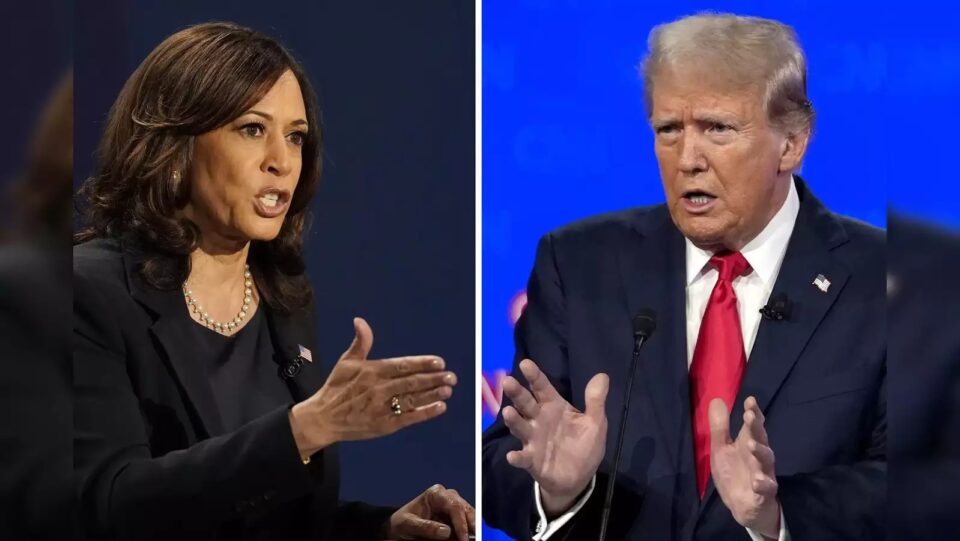How tariffs are influencing U.S. consumer behavior in 2025:
Consumer Behavior Under Tariff Pressure
1. Spending Pullback in Important Categories
Beauty & Skincare: Coty, a major beauty brand, anticipates a 6–8% drop in same-quarter sales due to price sensitivity among consumers facing tariff-driven cost increases. To counteract this, they plan mid-single-digit price hikes on premium fragrances and will move production to the U.S. to mitigate a projected $70 million tariff hit in fiscal 2026.
Beef: Prices surged 11.3% year-over-year in July due to a 50% tariff on Brazilian imports combined with drought-driven supply constraints. Despite higher costs, consumer demand remains resilient—though a gradual shift toward more affordable options like chicken is emerging.
2. Broad-Based Price Hikes Across Sectors
Electronics: Sony raised prices on all PlayStation 5 models by $50 from August 21, 2025, citing tariff-related pressure—marking a shift previously seen in Europe now arriving in the U.S.
3. Rising Inflation and Consumer Anxiety
Producer Prices: July’s Producer Price Index jumped 0.9% for the month—the steepest since 2022—with significant increases across wholesale food and electronics, suggesting the likelihood of future consumer price hikes.
Consumer Sentiment: Both the University of Michigan and Conference Board have recorded sharp declines in confidence, with expectations for higher unemployment and stagnant finances rising.
4. Strategic Behavior and Spending Shifts
According to a March 2025 consumer market study:
Only 33% of consumers fully understand tariffs; 80% perceive them as price-raising taxes.
Consumers are most sensitive to price hikes in discretionary categories like electronics and luxuries, while essentials—food, gas, healthcare—tend to be more resilient.
In response to rising prices: Shoppers hunt for promotions, opt for budget alternatives, and are more willing to switch brands.
Big-ticket items are often postponed.
Preference for “Made in USA” products is increasing as consumers react to import costs.
5. Aggregated Price Impact & Economic Drag
Estimates from Tariff Insider suggest that combined 2025 tariffs could raise average U.S. household costs by ~$3,800 annually, increase overall prices by ~2.3%, and shave off 0.9 percentage points from 2025 GDP growth.
The Federal Reserve Bank of Atlanta finds that tariffs targeting Chinese, Canadian, and Mexican imports may directly raise prices on roughly 25% of consumer goods by 0.8% to 1.6%, depending on how much cost is passed through.
Summary Table: How Consumers Are Reacting
Tariff Impact
Consumer Behavior
Sharply higher prices on electronics, beauty, and food
Delayed discretionary purchases; cost-saving tactics
Reduced confidence in economic and job outlook
Greater caution in spending; brand and value reassessment
Limited tariff awareness
Misattribution of price increases; opportunity for trust-based marketing
Targeted spending shifts
Emphasis on domestic products, promotions, and alternative brand
Headlines
“How Tariffs Drive Consumers Toward Discounts, Domestic Goods & Delayed Purchases”
“US Shoppers Stay Loyal to Beef Despite 11% Tariff-Driven Price Jump”
“Tariff Turmoil: Sony Adds $50 to PS5 Price, Shoppers Tighten Budgets”
!



